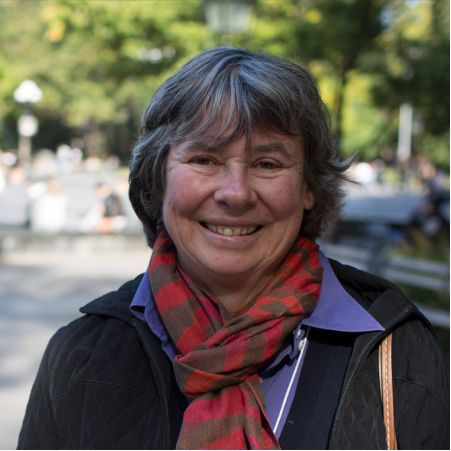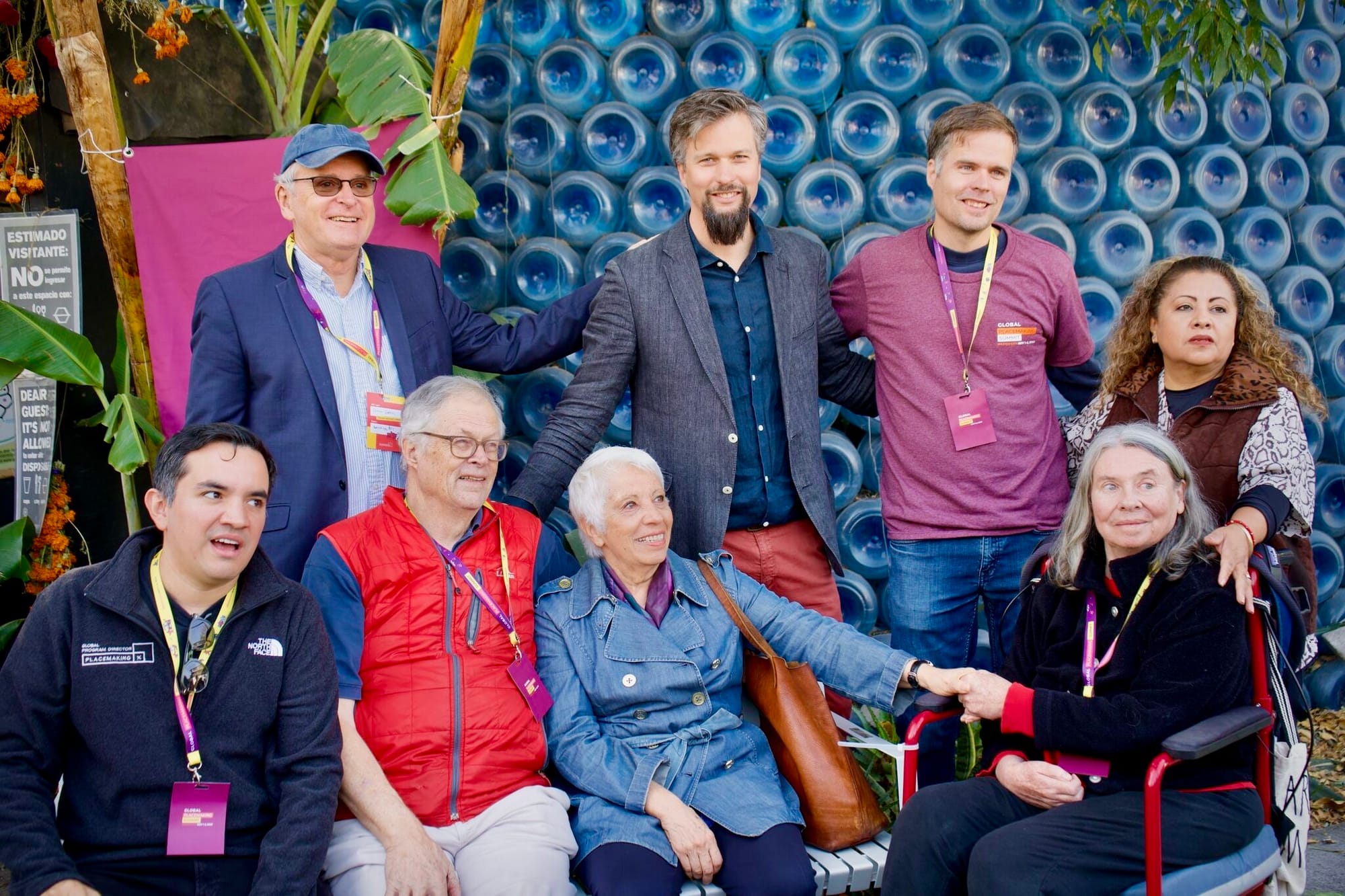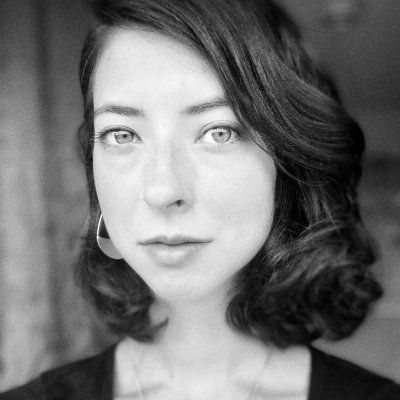Placemaking's Origins
This month we are celebrating 50 years since the inception of Project for Public Spaces, our first organization and the predecessor to the global Placemaking network PlacemakingX and Social Life Project. As we are at this key moment in the history of our movement, we want to look back at the last half century of work we've done and then set our sights forward to the next half century of goals.
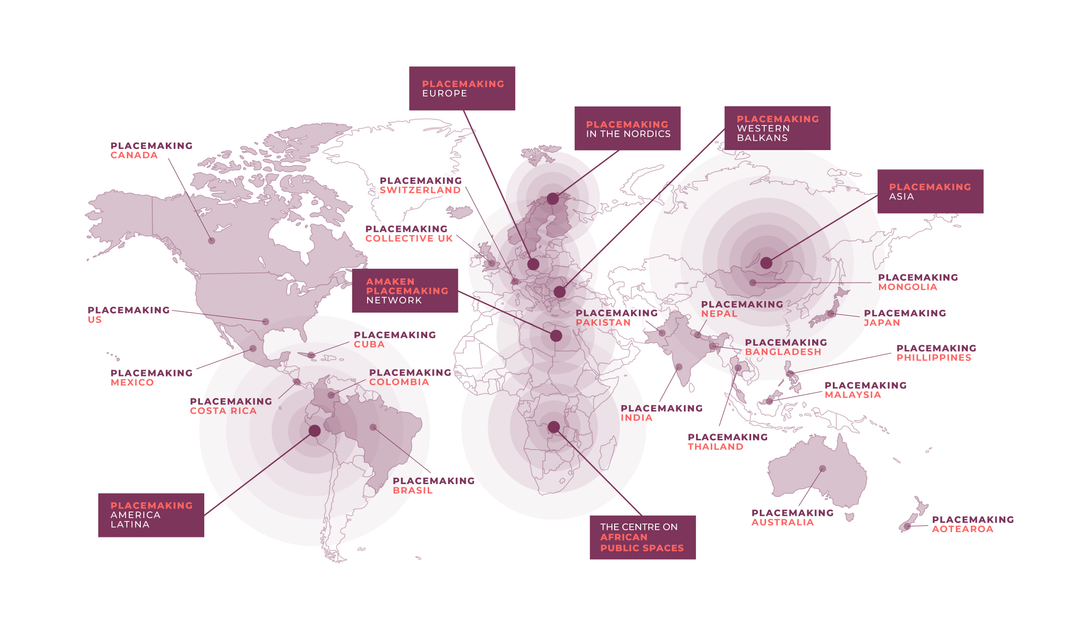
Golden Age of Research on Public Life
The Placemaking movement was inspired by the work and advocacy of a number of the most brilliant minds of the time, what we now consider the Golden Age of Research on Public Life. These figures included Jane Jacobs, Margaret Mead, Allan Jacobs, Donald Appleyard, Christopher Alexander, William H. ("Holly") Whyte, and more, and their ideas have shaped the movement and its objectives to this day. Through Placemaking, we continue to spread their teachings and insights about the importance of public spaces and community connection all across the world.
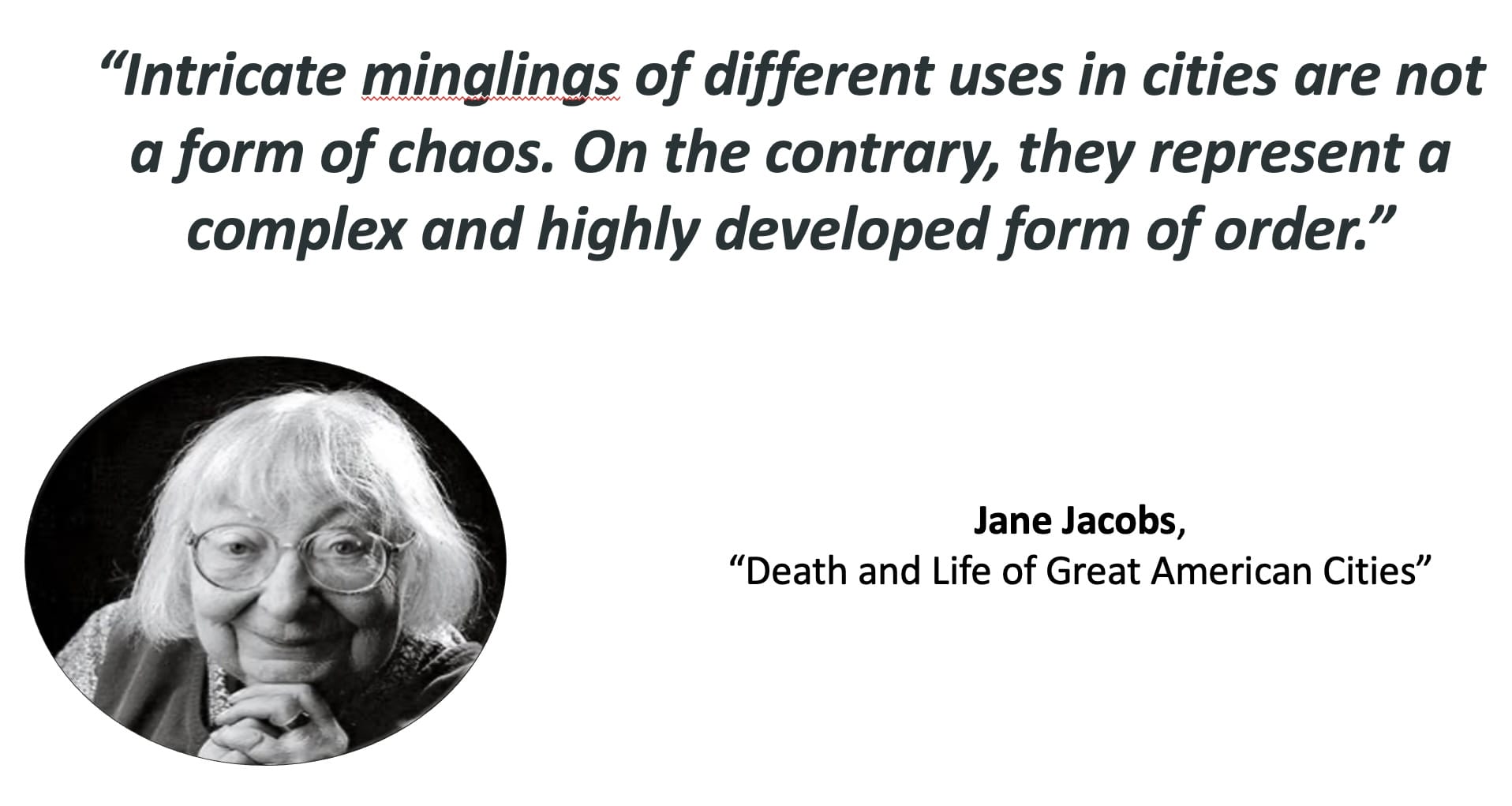
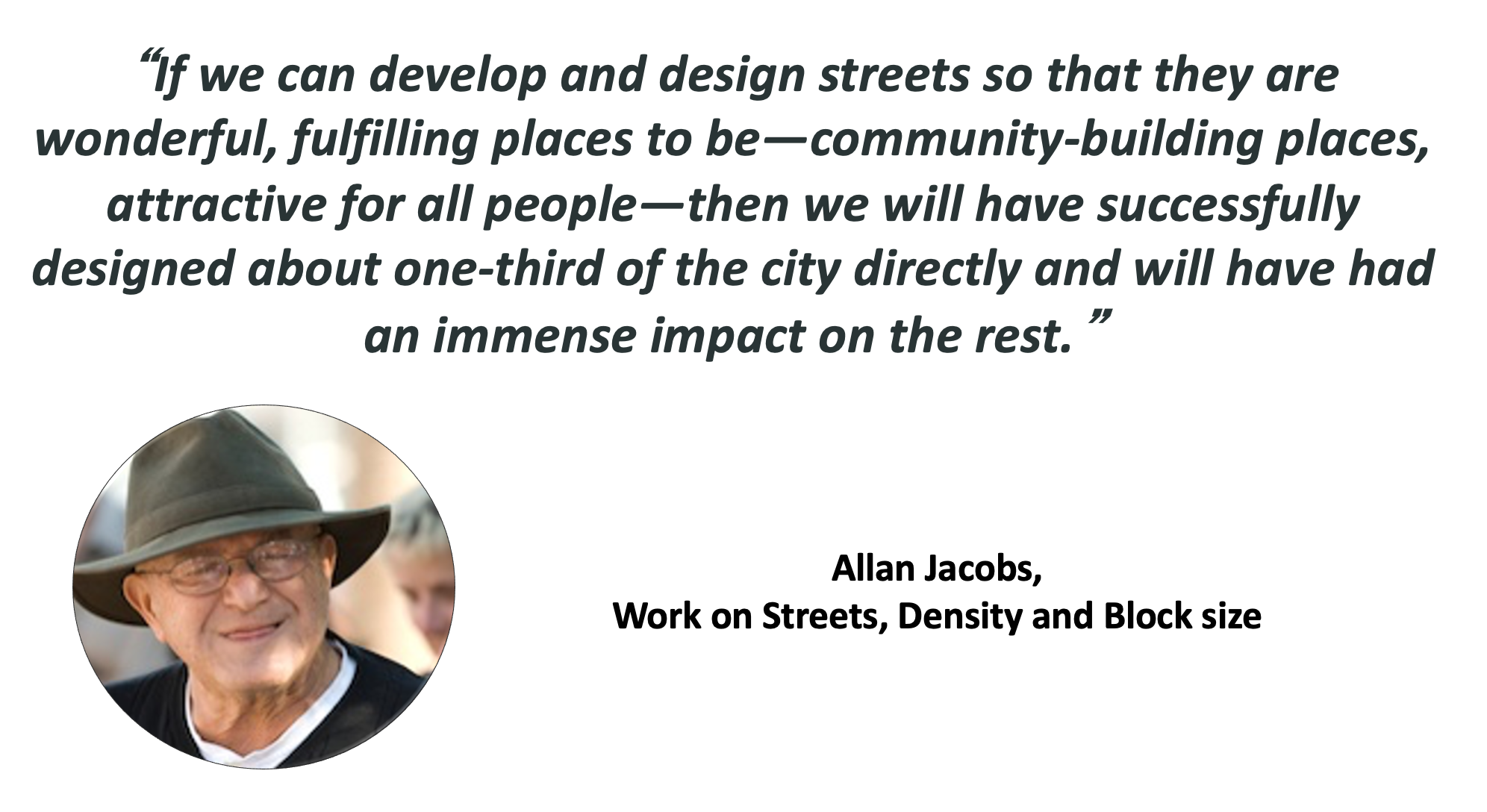
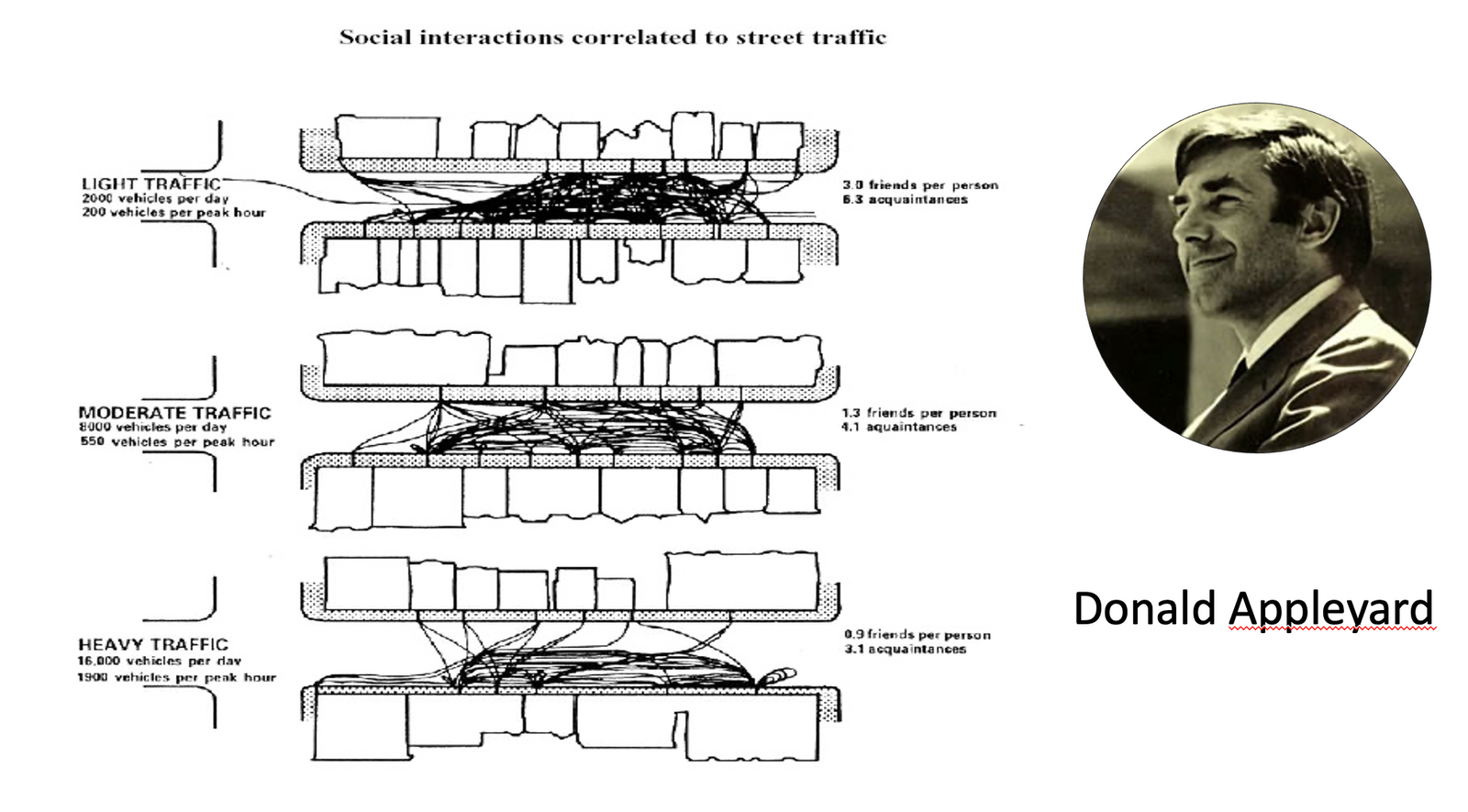
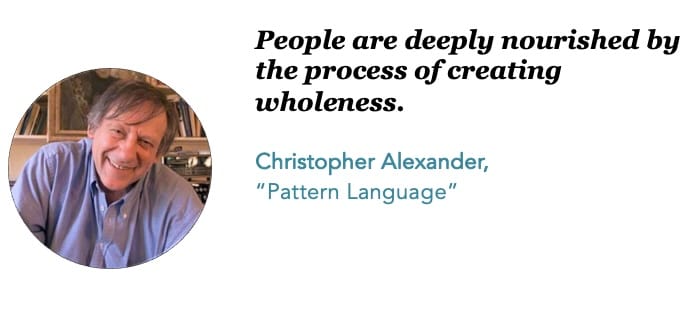
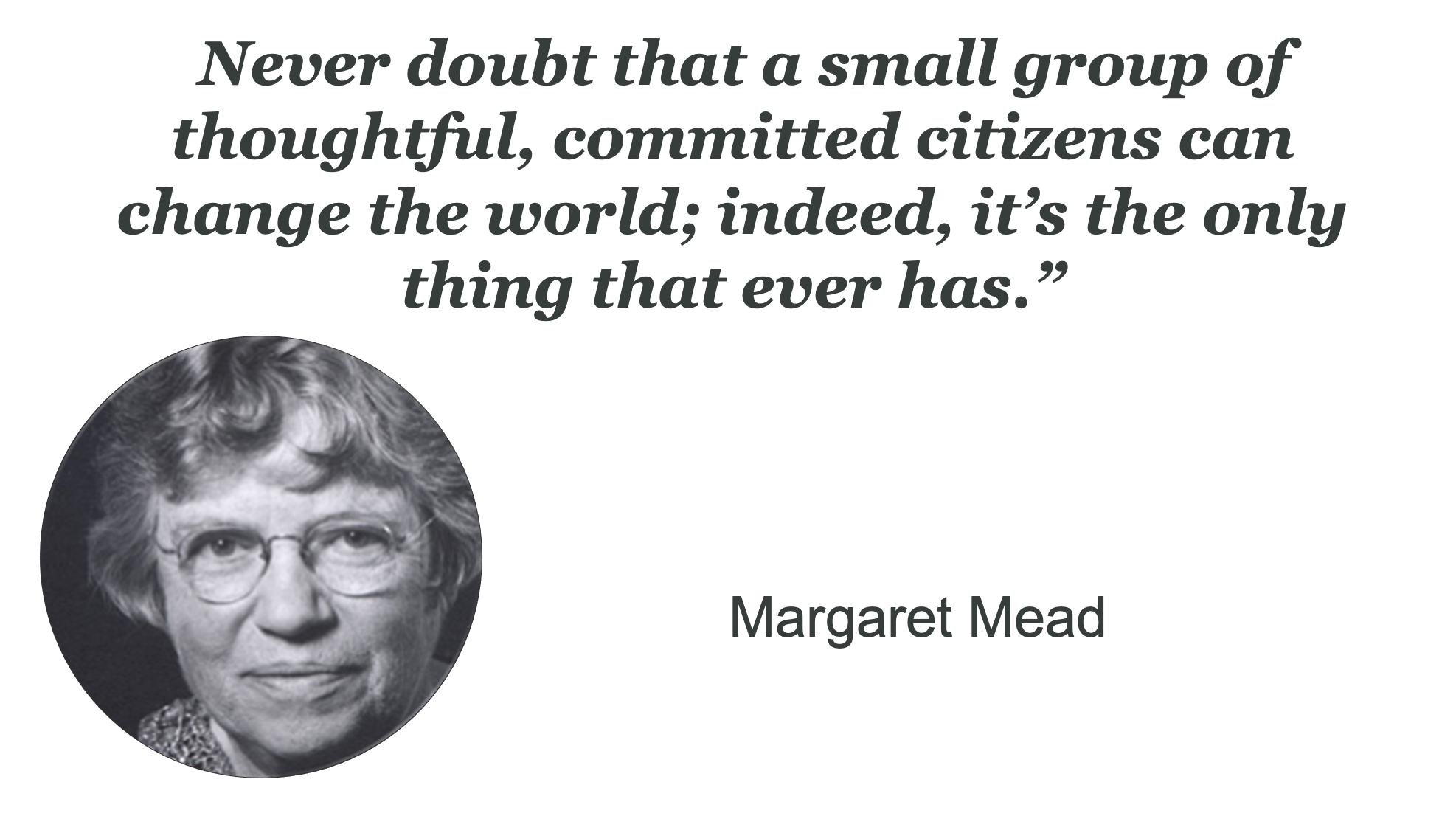
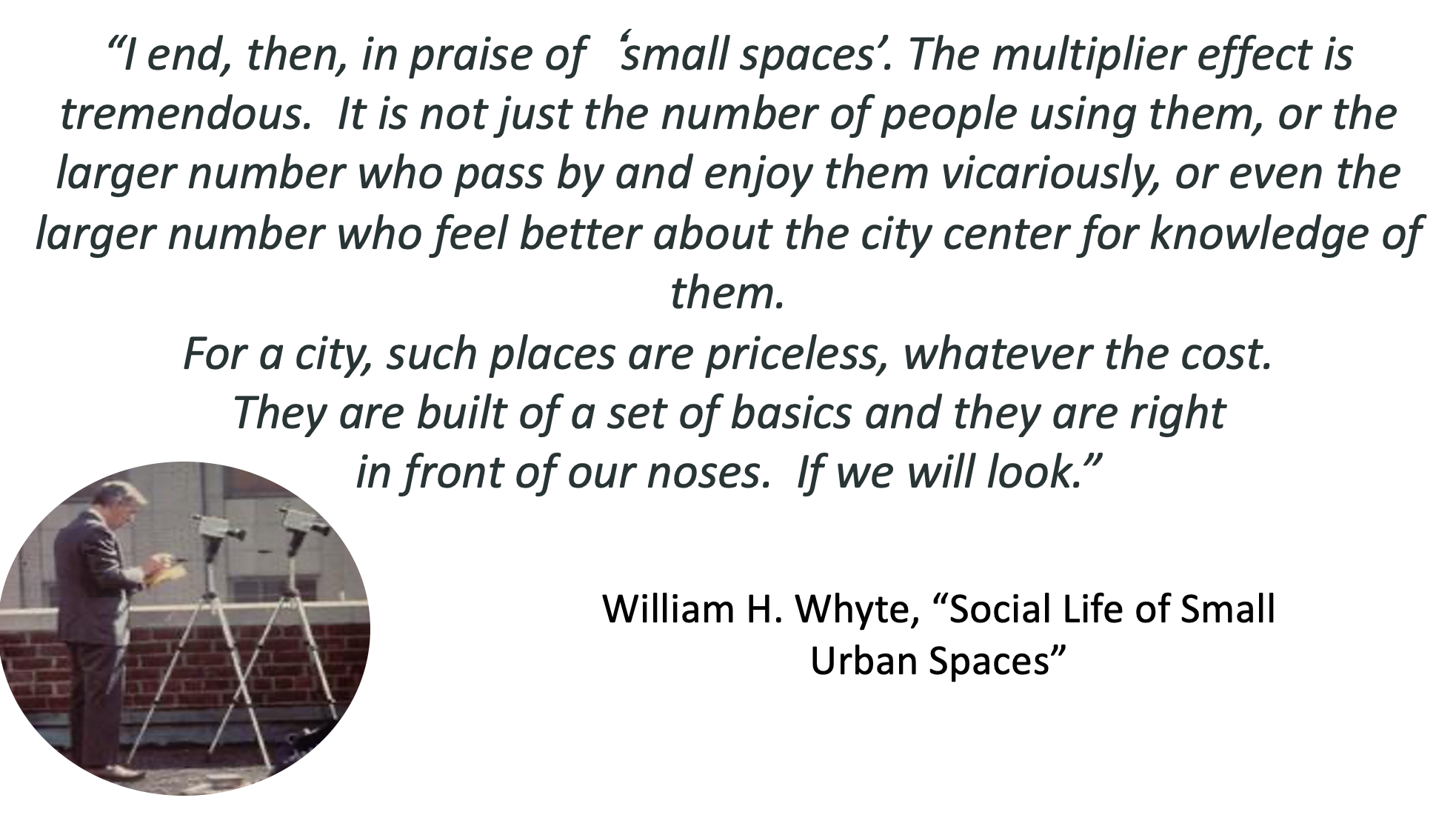
Now, 50 years later, Placemaking has become a global movement, going stronger than ever and bigger than we could have imagined. That said, we are still dealing with many of the same issue as we were all those years ago when we started, such as a domineering car culture and place governance that doesn't involve the community enough. If we are to create a world in line with the vision of those brilliant minds from the Golden Age of Research on Public Life, there is still a lot of work left to do. That is where the Placemaking movement comes in.
The Beginning - Project for Public Spaces (PPS)
The founding of Project for Public Spaces, Inc. began its journey with Earth Day in 1970. Fred Kent, PPS's founder, helped organize it before moving on to work with William H. ("Holly") Whyte's Street Life Project. Holly had an office in the Rockefeller Center, working under the auspices of the National Recreation and Parks Association. Project for Public Spaces was set up in 1975 to "better function as an advocate for improved public spaces" with Holly – who was busy finishing his book and film, The Social Life of Small Urban Spaces – serving as an advisor. PPS's start-up funding also came from Rockefellers: the Rockefeller Brothers Fund and the Rockefeller Family Fund, and free office space was provided in Rockefeller Center in return for assistance with improving its public spaces.
From "Public Space" to "Place" to “Placemaking"
While today we freely use the term "placemaking" to describe a community-driven process to create vibrant public spaces, we did not start widely using the term until the early 2000s. The first step in changing our language from "public space" was beginning to talk about "place" and the distinction between the two.
In the mid-1990s, we were asked to define the “livability” of cities in a research project for the federally funded Transit Cooperative Research Program (TCRP) about how transit agencies could support livable communities. That's when we first came across research about "place-based" livability of neighborhoods and communities and began to make a distinction between “public space” and “place.”
"Place" is a broader term that describes a location with public or private spaces where people feel a sense of belonging, attachment, and connection. Of course, public spaces are integral parts of places – indeed, they are the skeletal structure that holds a place together. But, within the focus of creating a place, a destination, we saw that public spaces take on more meaning and significance.

During the TCR research, we developed a diagram, "What Makes a Great Place?" which is both an analytic and aspirational tool. The "Place Game," now used worldwide, soon became a companion tool for communities to evaluate and envision improvements to their public space. We began saying, "When you think about place, you do everything differently." The culmination of this work was the first edition of How to Turn a Place Around, published in 2000, and translated into over 15 languages. Surprising to us today, it doesn't actually mention the word "placemaking."
The term "placemaking" naturally evolved when we realized it so powerfully captured what we had been doing for 30 years, and initially, we used the word "place-making." The second edition of How to Turn a Place Around, published in 2018, is appropriately subtitled "A Placemaking Handbook." As we put this term into practice, we found that we had to define it more clearly, a process that evolved over the years as we recognized that Placemaking is both a process and a bigger idea. As both an overarching idea and a hands-on approach for improving a neighborhood, city, or region, placemaking inspires people to collectively reimagine and reinvent public spaces as the heart of every community.
Where We Are Now: Inciting a Renaissance of Social Life
We continue to strive to take placemaking to a new level. In 2018, we created The Placemaking Fund, a new non-profit that enables us to support an emerging global network of placemakers and develop a resource center. By 2020, the Placemaking Fund had launched its two inaugural programs:
- Social Life Project - a resource center inspired by Holly Whyte with over 100 articles on successful public spaces
- PlacemakingX – a network of 100+ leaders and 1,500+ advocates from 85+ countries
The Social Life Project aims to incite a renaissance of social life through community engagement in public spaces around the world. We continue the work that began in the Golden Age of Research on Public Life, providing a forum for thought leadership about placemaking. We partner with our sister organization, PlacemakingX to create thought leadership, presentations, campaigns, and catalytic projects.
PlacemakingX is a global network of leaders working together with their communities to create thriving and beloved public places. This Placemaking network provides an opportunity for them to connect with other leaders and collaborate with organizations at every scale in order to achieve broader impacts. By working together and supporting each other's initiatives, major issues can also be addressed such as climate change and the epidemic of loneliness.
We regularly host and lead events to support the development of stronger communities. Last year, we held our first Global Placemaking Summit in Mexico City where 40 Placemaking agendas were discussed by 150 international leaders in the field. In 2025, the second edition of our Global Summit will be held in Toronto, Canada. This fall, we led the Placemaking sessions at the forward-thinking See Change conference. And throughout the year, we held screenings of The Place Man, a short documentary about our 50 years of work in Placemaking that starts conversations in communities about next steps.
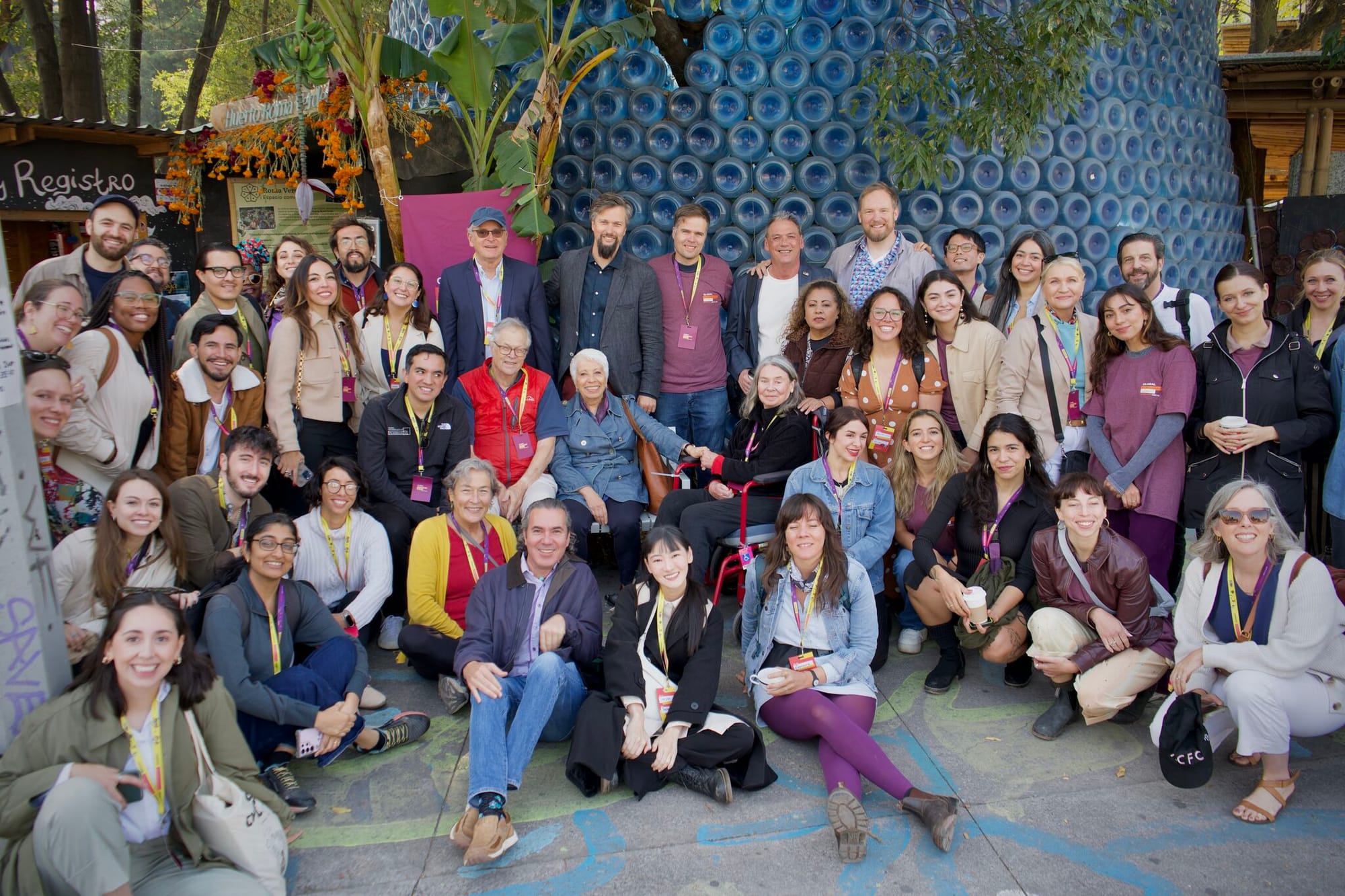
The Next Steps
In order to continue to grow, we need more people to become placemakers in their communities. We need you. Together, we can restore public spaces to their essential role: being gathering spots for the community that enrich local life by connecting people and facilitating social activity.
Some of the main goals we want to focus on in the next phase of the Placemaking movement are the following:
1) We need to change streets from being mere channels for cars to drive through into being shared spaces that everyone feels safe and comfortable using, including pedestrians, people in wheelchairs, young children, cyclists, and more.
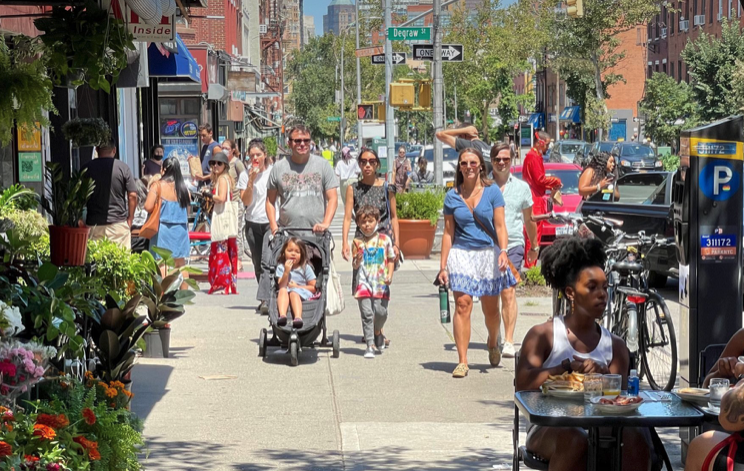
2) We need to treat sidewalks as a series of rooms rather than as corridors. Instead of mere passages that allow people to get from point A to point B on foot, sidewalks should offer amenities and activities along their length to be engaging places that encourage foot traffic, business activity, and social life. By making them destinations in their own right we can signficantly increase their use and get people choosing to walk instead of drive.
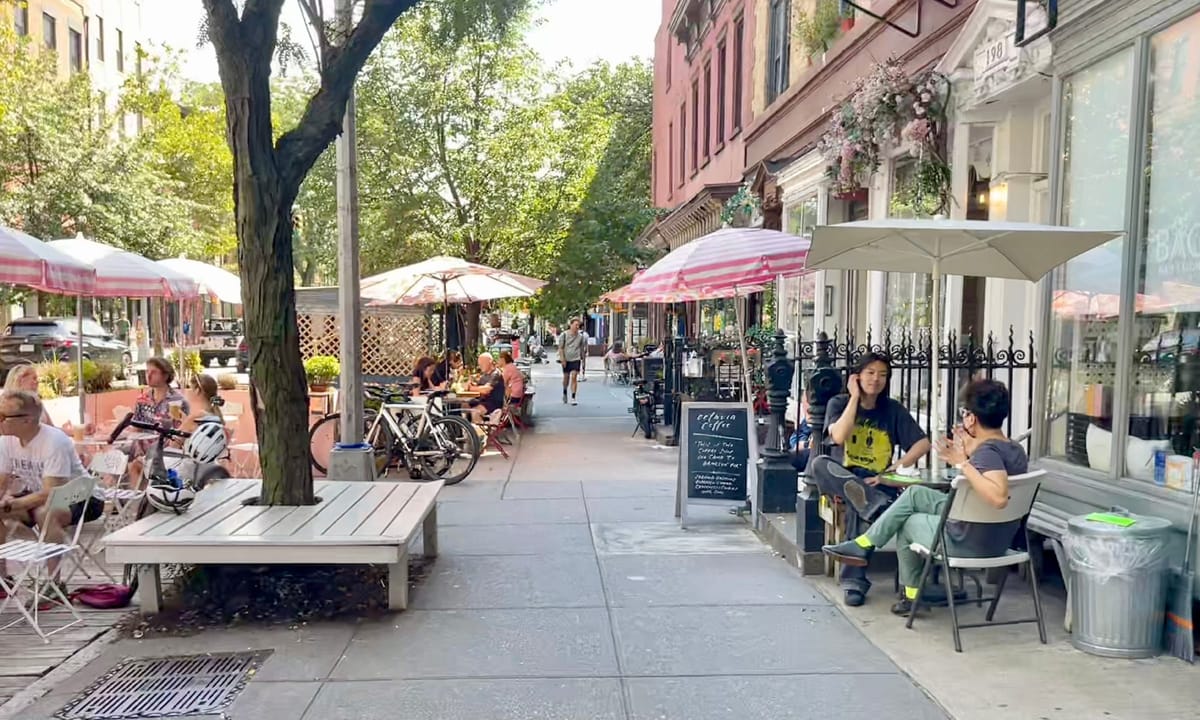
3) We need to make sure every community has social hubs. Social hubs are places in the public realm that invite people to gather because they are comfortable, pleasant and interesting to hang out at. They are catalysts for community development. They can be popular coffee shops or eateries with outdoor tables, public seating arranged to be inviting with the right set of amenities, squares and parks equipped with activations that encourage people to come together, etc.
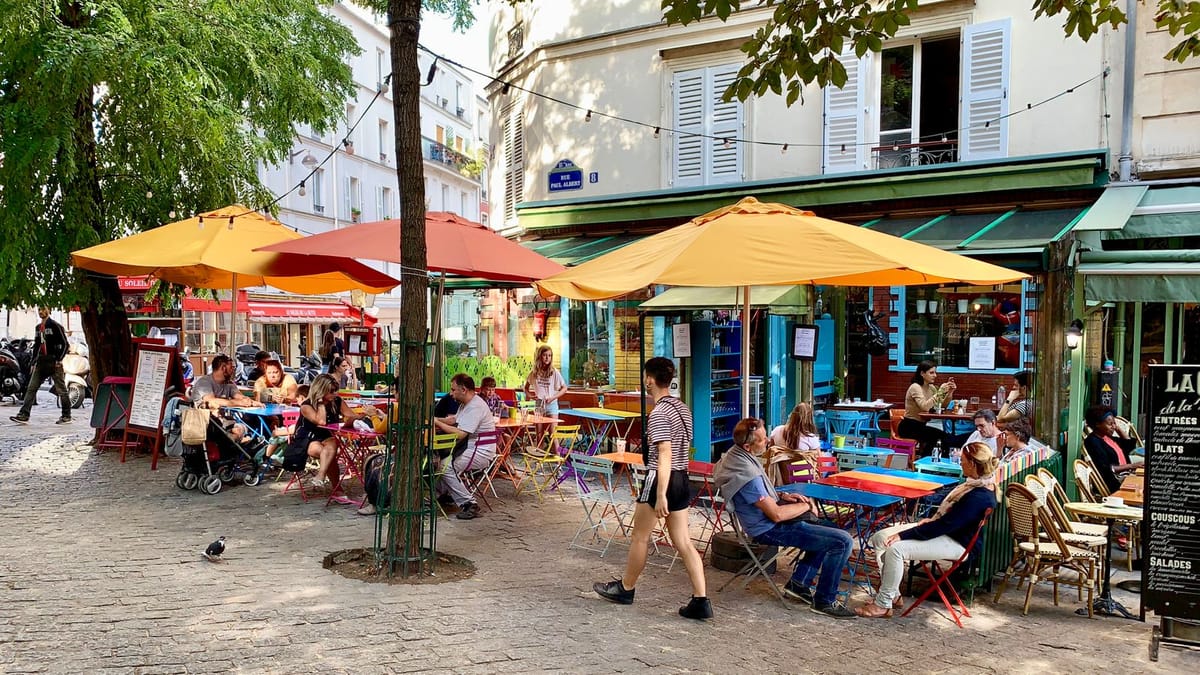
4) We need a different form of place governance. Top-down governance of community spaces by external entities doesn't work. The community members are the experts on what makes their neighborhood special and they know best what it needs and what would enhance it. Community members should therefore be empowered to shape their shared spaces themselves as well as collaborate with organizations and experts intending to change them.
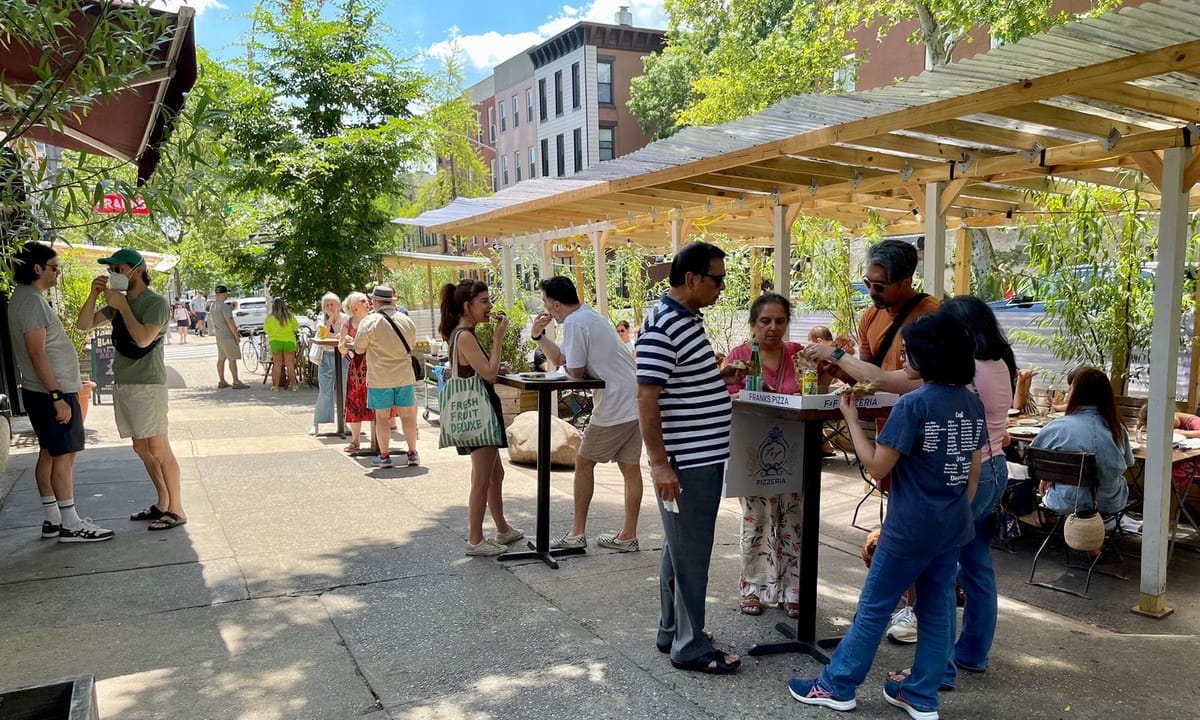
Join Us
You can join the Placemaking movement by sharing your stories of successful public places with Social Life Project, starting a Placemaking Resource Center in your neighborhood, joining the PlacemakingX network, applying the 11 transformative agendas, or simply finding a way to get involved in shaping your community. Help us start conversations at the local and regional levels about the vital need for community-led placemaking, for the future of all our public spaces!
And if you are a foundation, organization, or corporation looking for opportunities to engage and support placemaking, we can help you. Placemaking is a terrific approach to achieving a broad variety of goals – the participation of local institutions and small businesses in locally generated placemaking activities has enormous impacts for numerous focus areas from stimulating economies to improving health outcomes. Reach out to us to learn how Placemaking can help you. We also welcome partnerships, donations and investment to help us develop and implement programs locally, regionally, and globally.
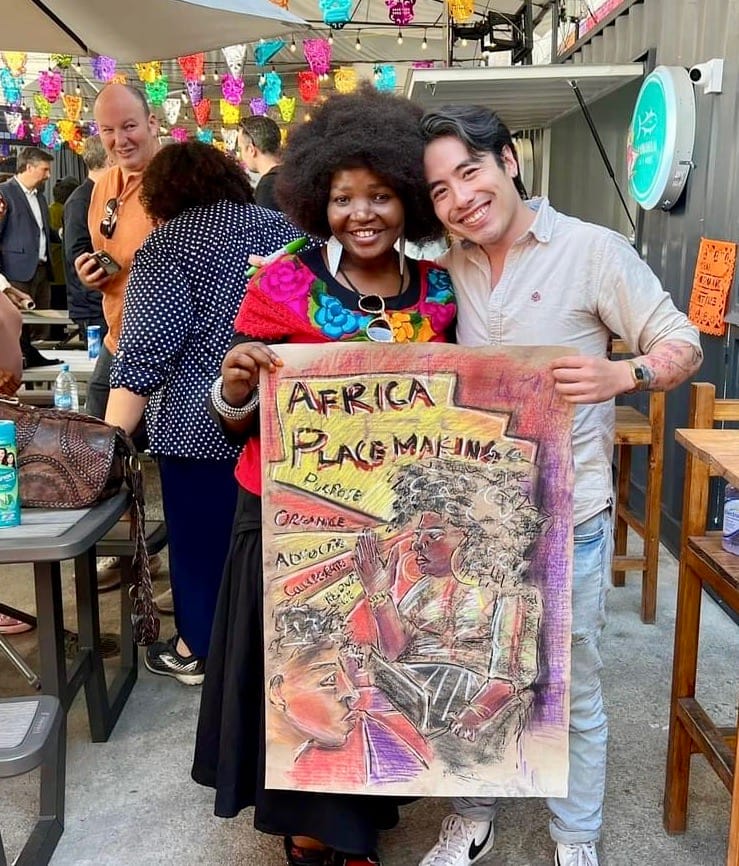
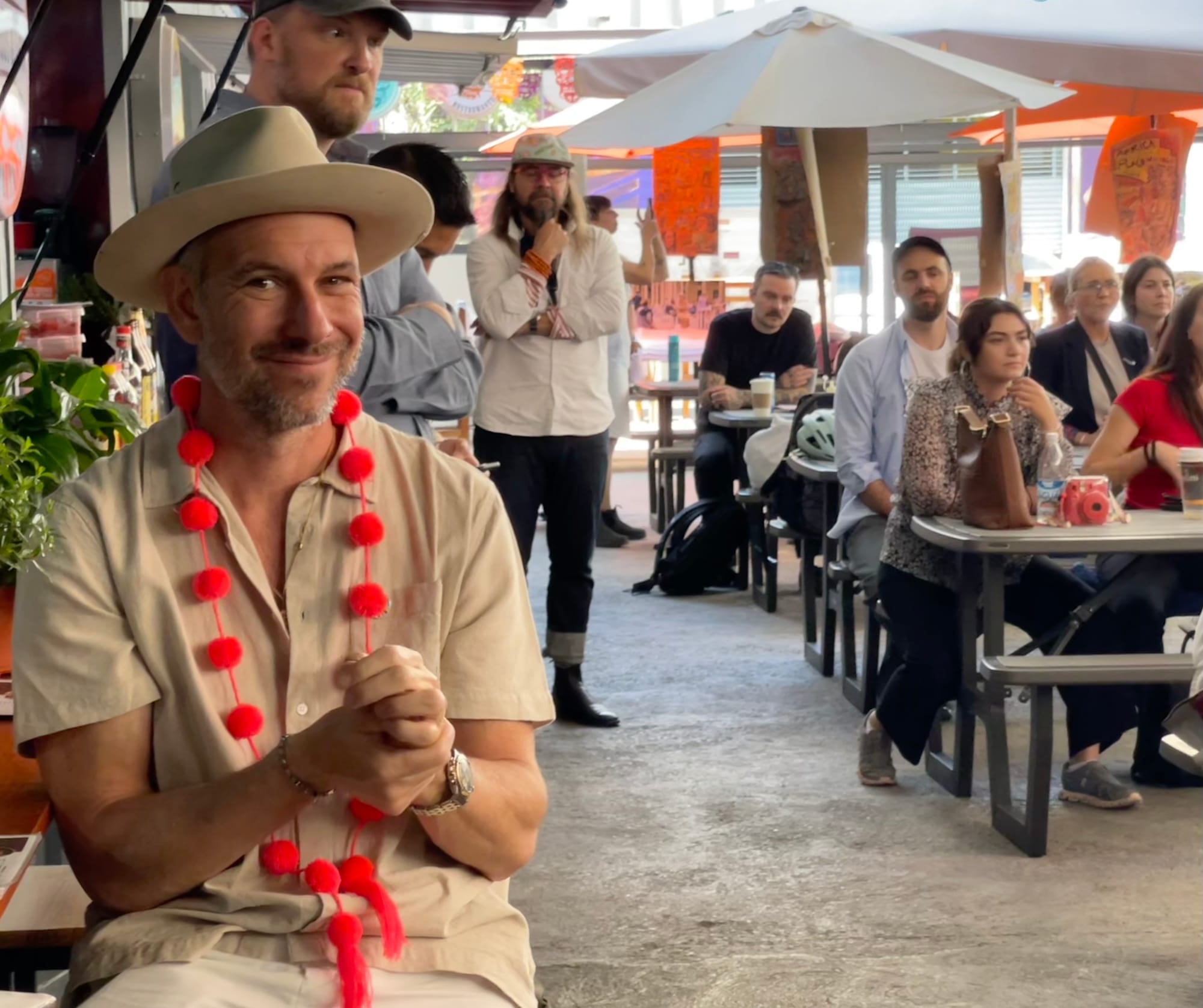
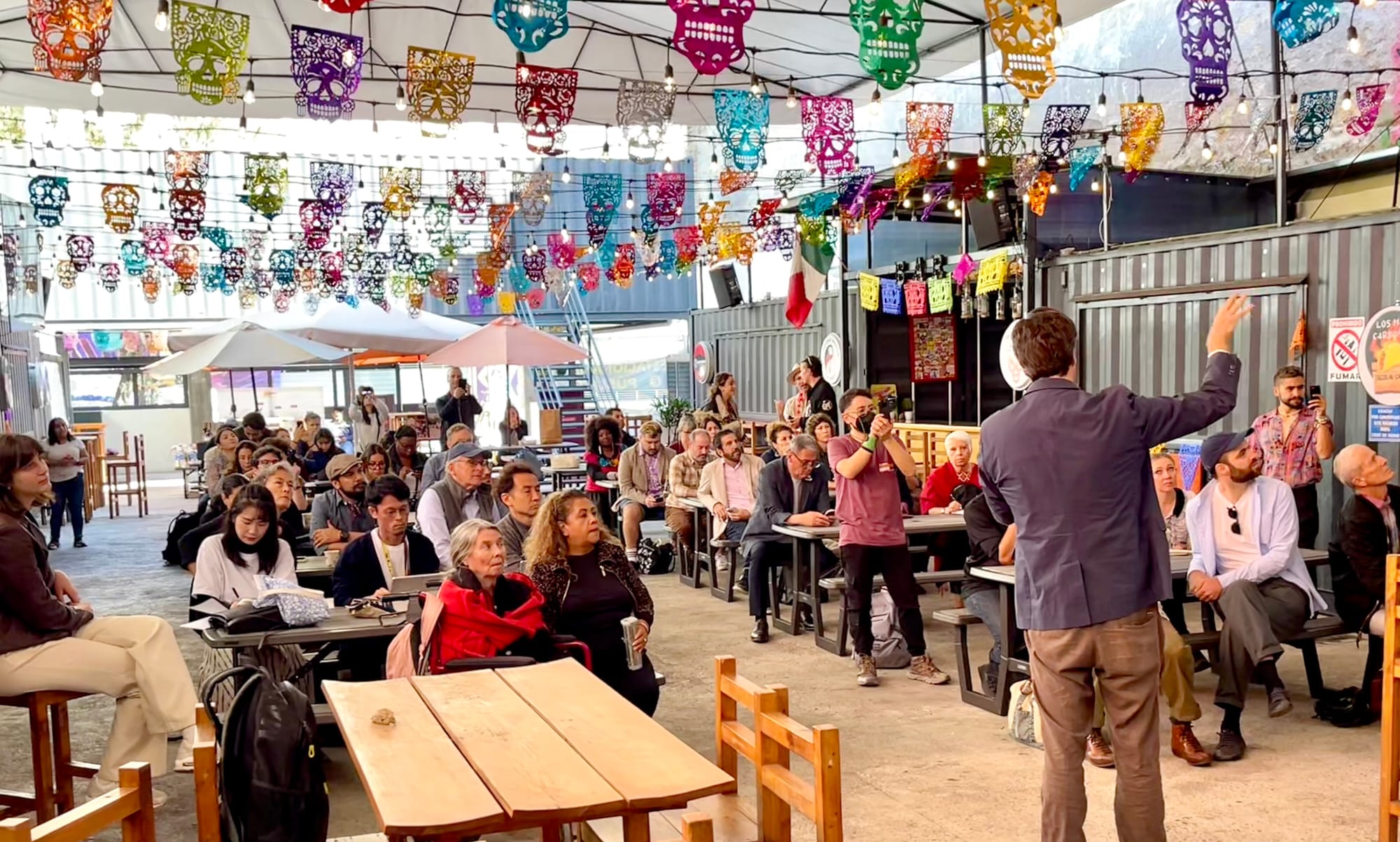
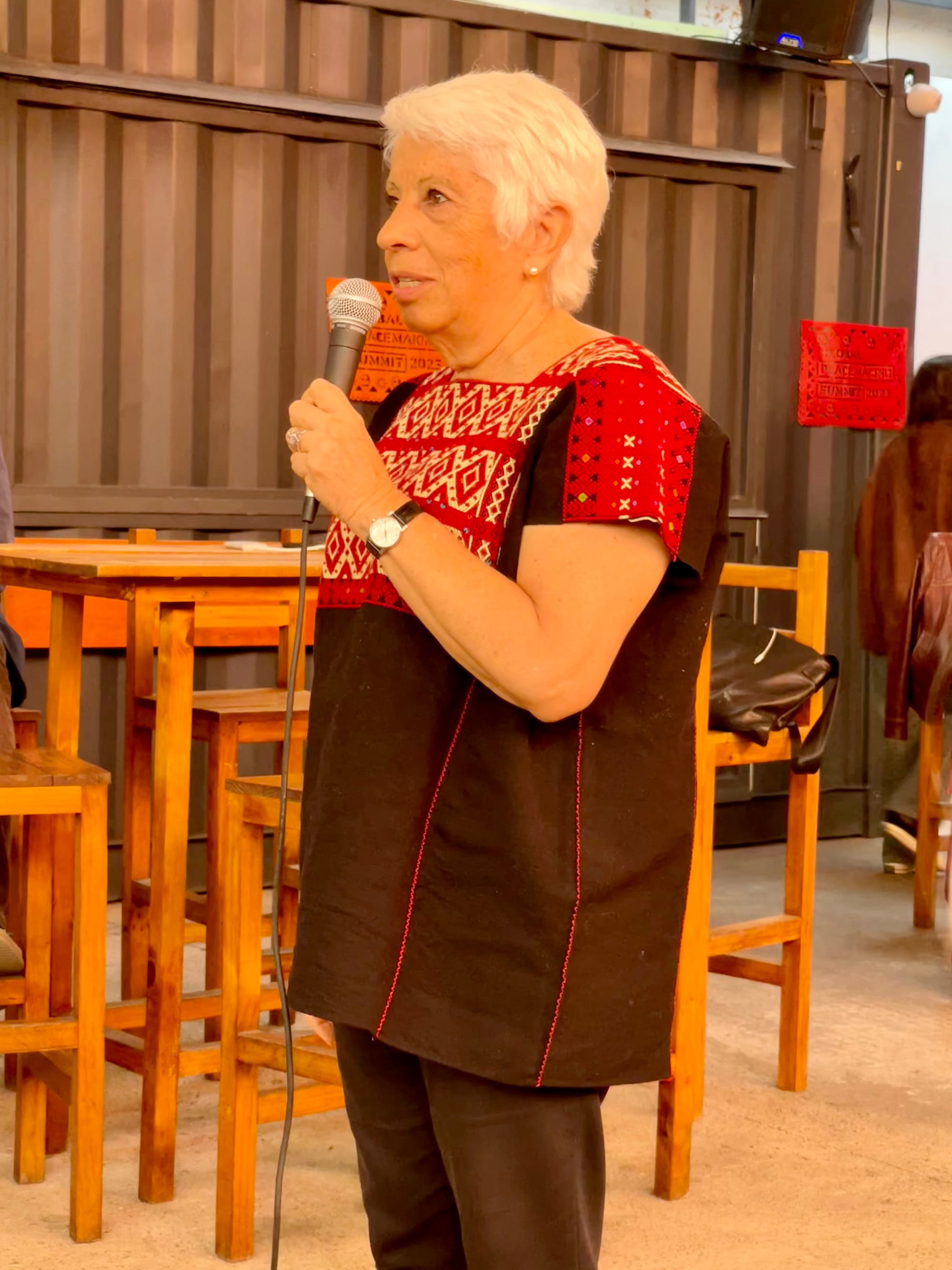
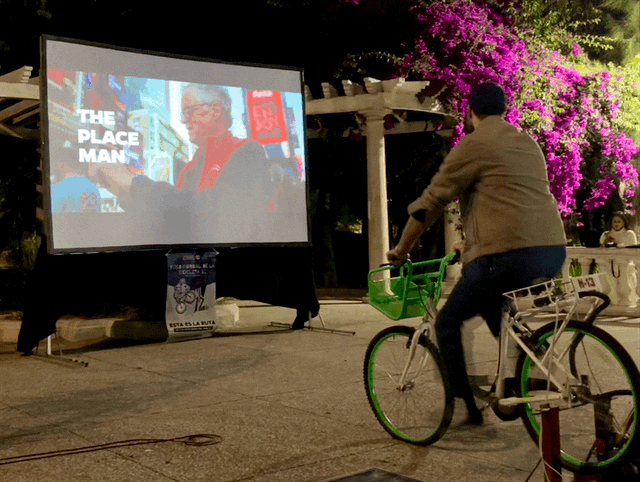
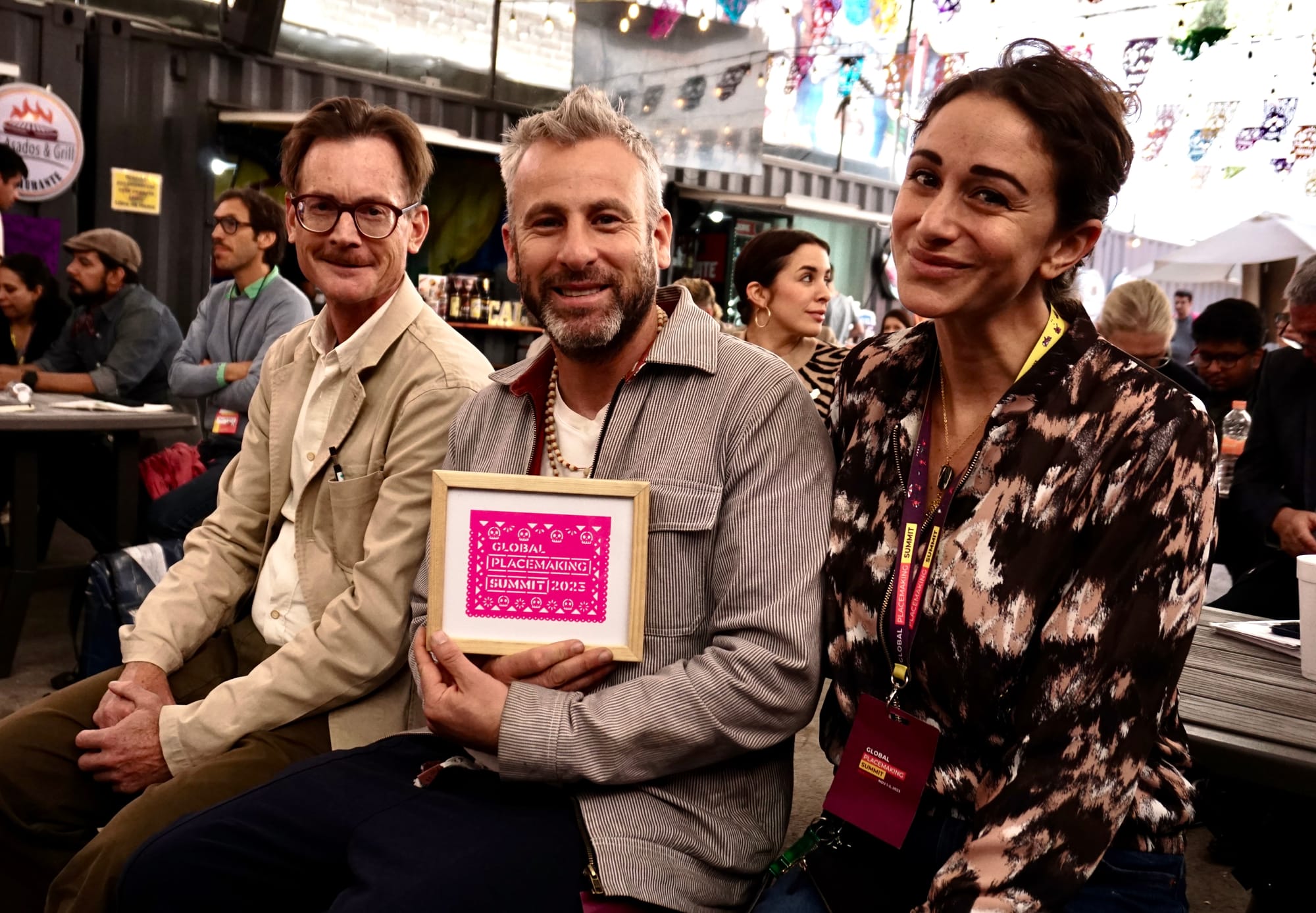
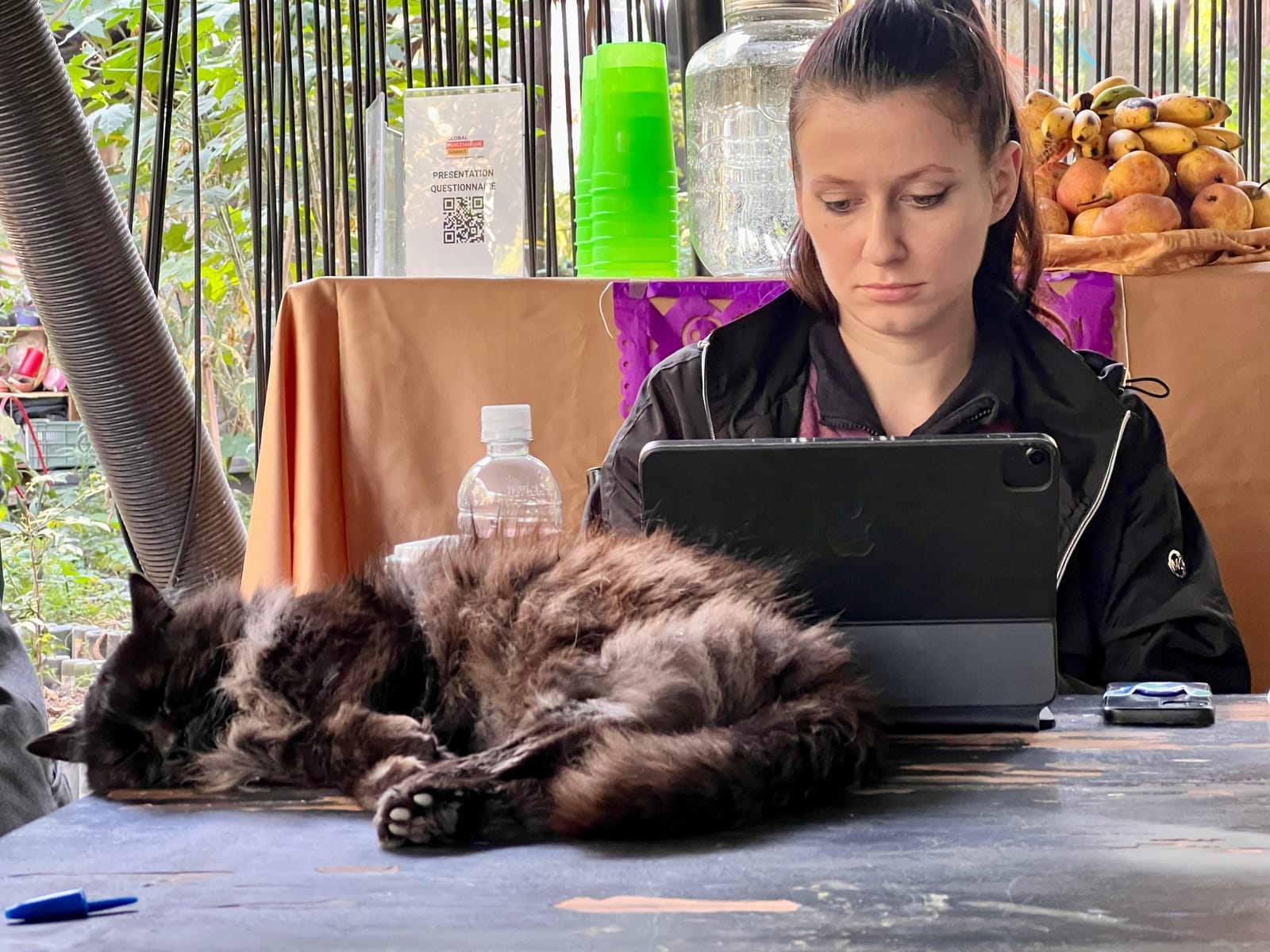
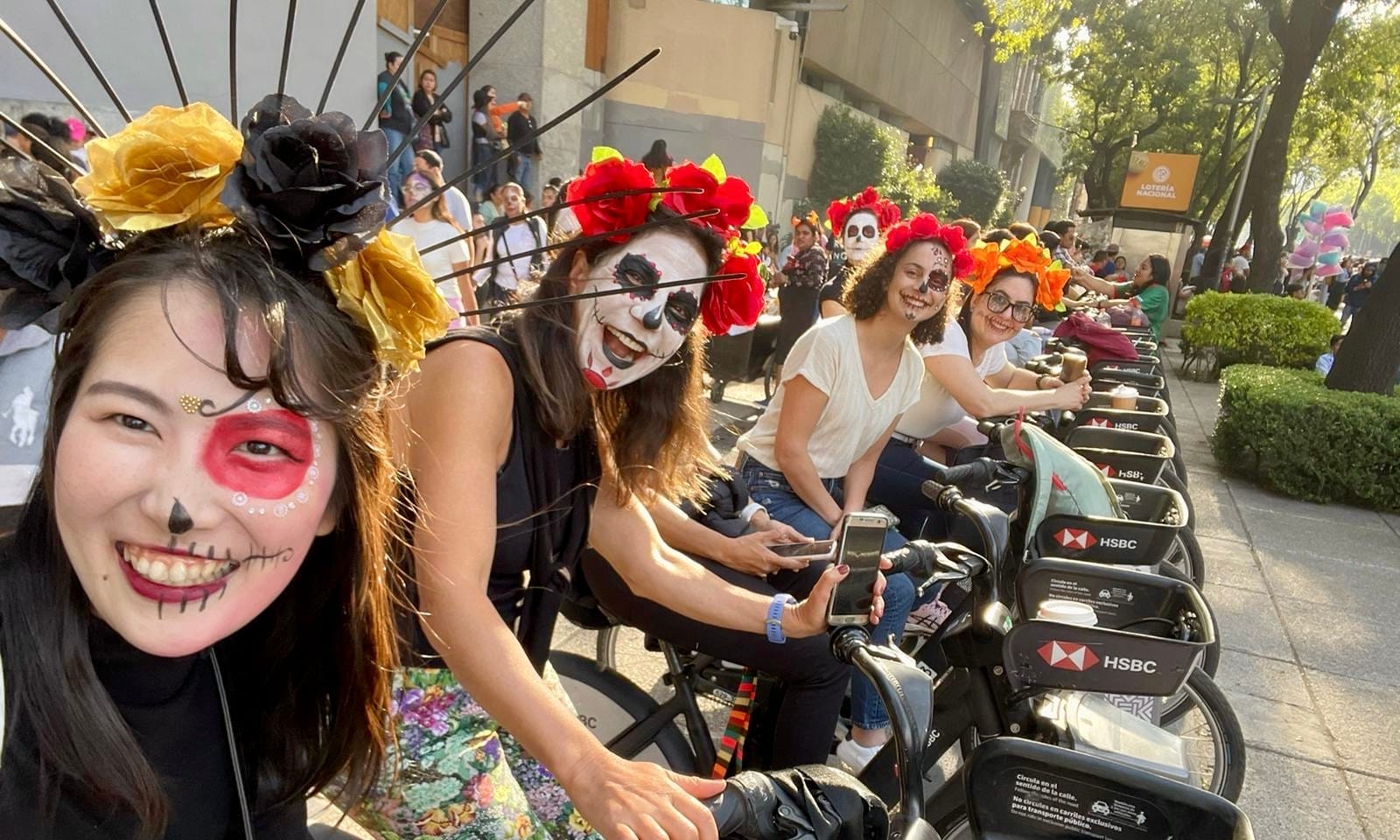
Other groups doing important work in this field
Our First Organization
- Project for Public Spaces brings public spaces to life by planning and designing them with the people who use them every day. PPS’s knowledge, skills, and strategies equip people around the world to create lasting change in strengthening their communities. (Founded by Social Life Project Founders Fred Kent, Kathy Madden, and Steve Davies, PPS and the PPS blog are great places to access some of our history, early work and resources.)
Our Current Work
- The Placemaking Fund is a non-profit established in 2018 whose goal is to achieve large-scale social and environmental change through the two inaugural programs of PlacemakingX and Social Life Project. The Placemaking Fund serves as an intermediary for funders who want to invest in the placemaking movement.
- Social Life Project highlights what makes public spaces thrive, drawing from communities around the world, in order to incite a renaissance of social life.
- PlacemakingX is a global network of leaders who, together, accelerate placemaking as a way to create healthy, inclusive, and beloved communities. The work focues on 45 transformative agendas.
Like-Minded Organizations
- Open Streets Project is part advocacy project, part toolkit, part information database. It’s a one-stop shop for all things open streets (programs that temporarily open streets to people by closing them to cars). The team can offer aid and guidance to organizations and cities founding or growing their open streets programs.
- Better Block educates, equips, and empowers communities and their leaders to reshape and reactivate built environments to promote the growth of healthy and vibrant neighborhoods.
- Main Street America leads a movement committed to strengthening communities through preservation-based economic development in older and historic downtowns and neighborhood commercial districts.
- Open Plans promotes civic engagement for livable streets. Their tools — information, education, and activation — empower residents to shape their communities.
- The International Society for Urban Health is the only global nonprofit organization working to bring together leaders from across academia, government, philanthropy, the nonprofit, and private sectors to achieve a healthier, more equitable urban future for all people, in all communities, worldwide.
- The City Repair Project collaborates with communities to cultivate and facilitate community-led artistic, equitable and ecologically-oriented placemaking. City Repair actively supports groups to create thriving community through the creative reclamation of public space.
- Strong Towns seeks to replace America’s post-war pattern of development, the Suburban Experiment, with a pattern of development that is financially strong and resilient. They advocate for cities of all sizes to be safe, livable, and inviting.
- Congress for the New Urbanism champions walkable urbanism. They provide resources, education, and technical assistance to create socially just, economically robust, environmentally resilient, and people centered places. They leverage New Urbanism's unique integration of design and social principles to advance three key goals: to diversify neighborhoods, to design for climate change, and to legalize walkable places.
- Happy Cities works with cities, developers, and non-profits around the world to maximize the wellbeing impact of public spaces, streets, infrastructure, and housing.
- Mod Street helps communities with placemaking, revitalization and re-envisioning of their Main Streets and downtowns. They have designed a state-of-the-art solution for restaurants, breweries, retailers and communities, to offer guest service seating on sidewalks and in parking spaces.
Further Reading on the Placemaking Movement
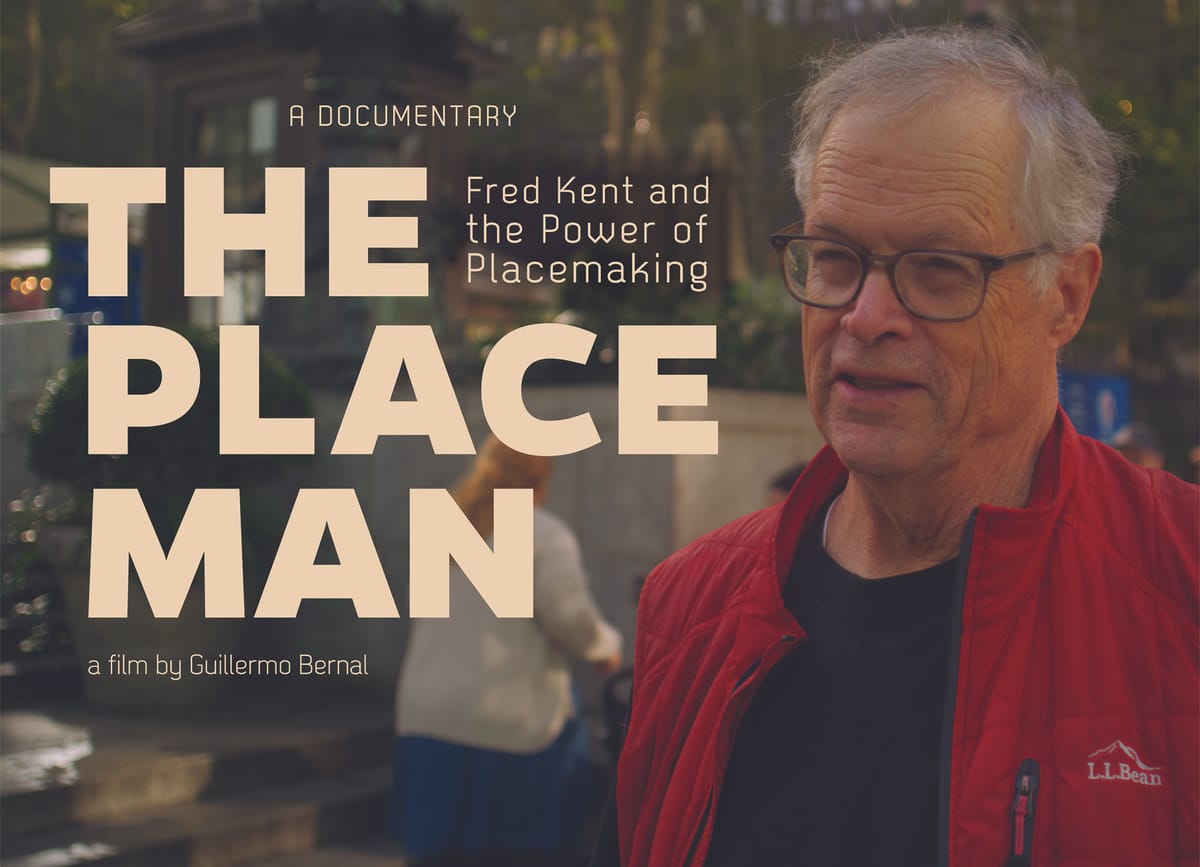
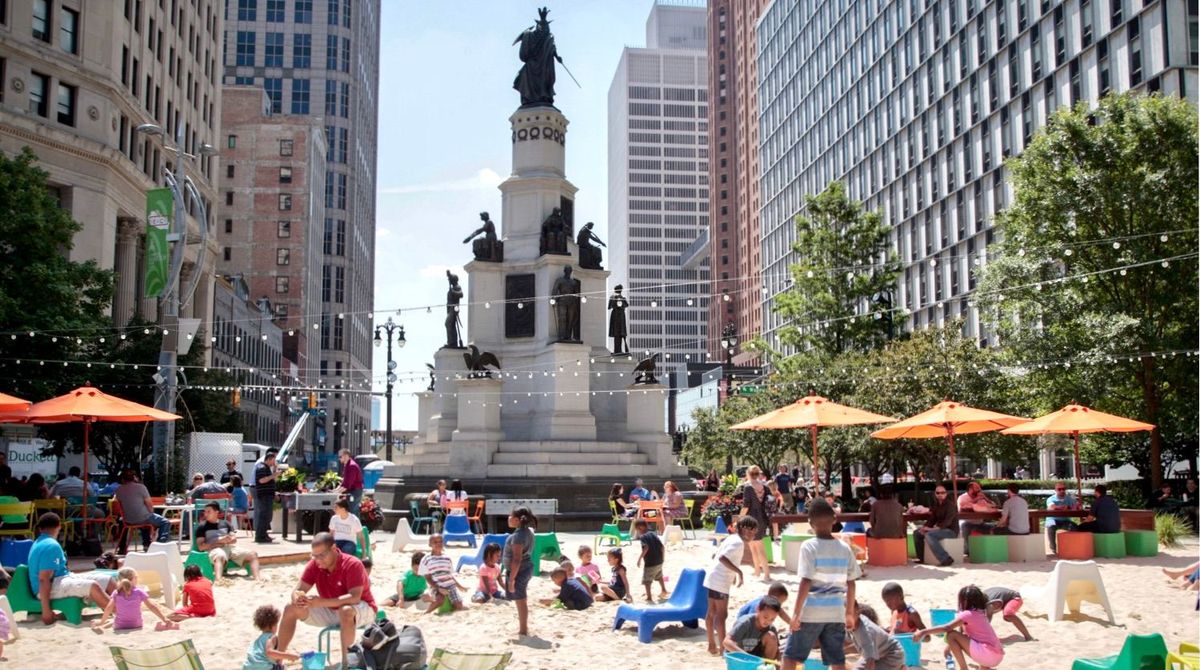
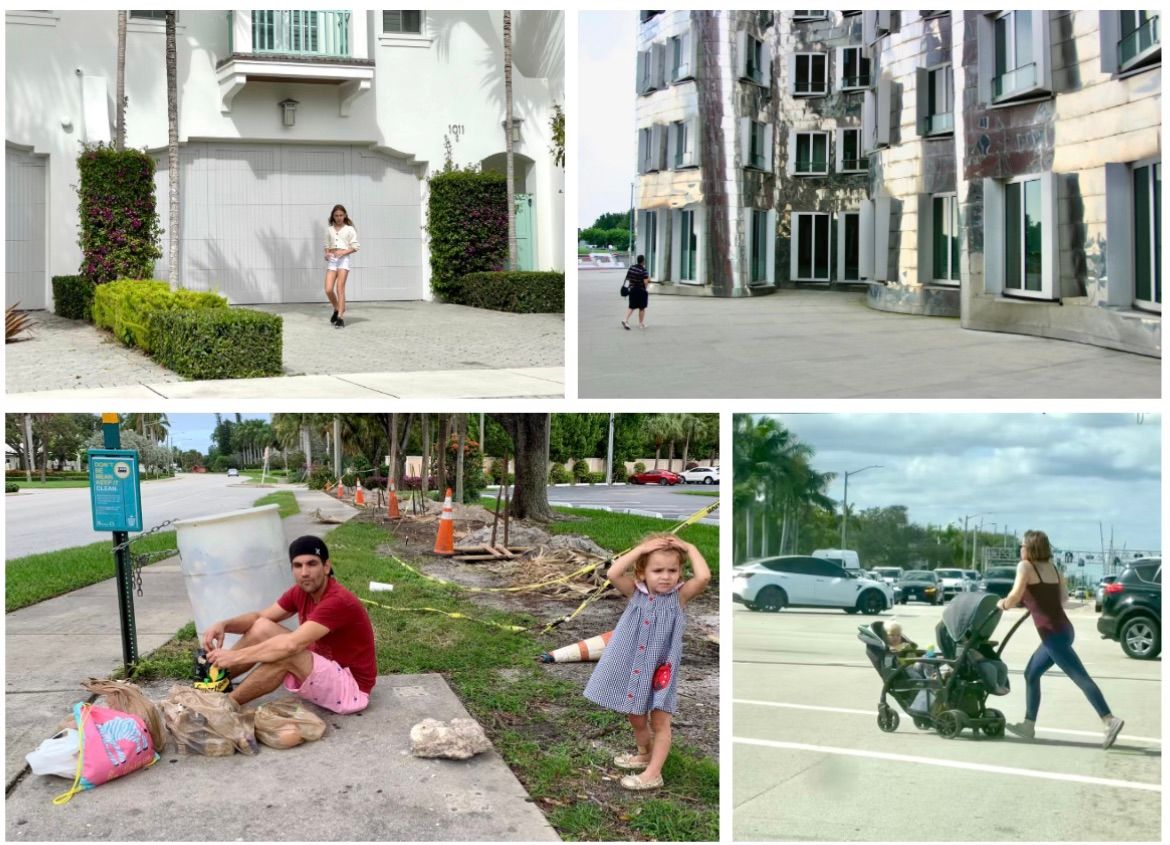
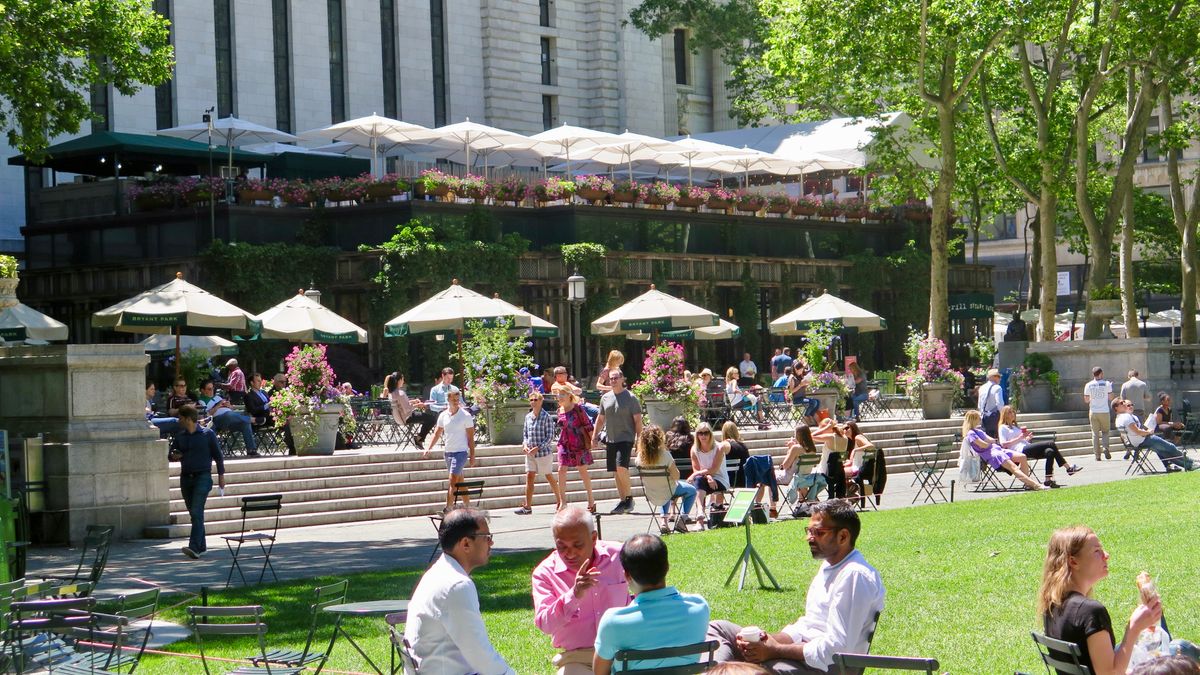
If you are interested in collaborating (articles, presentations, exhibits, projects, and more) or supporting the cause contact us.


